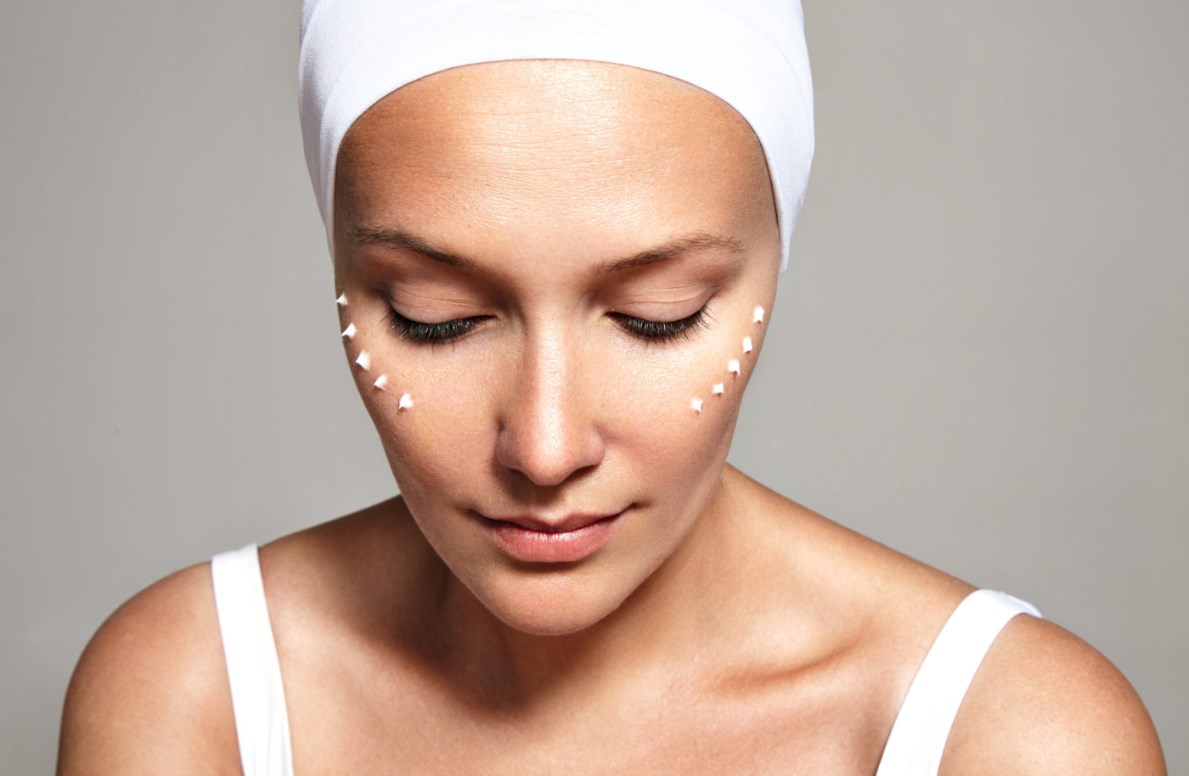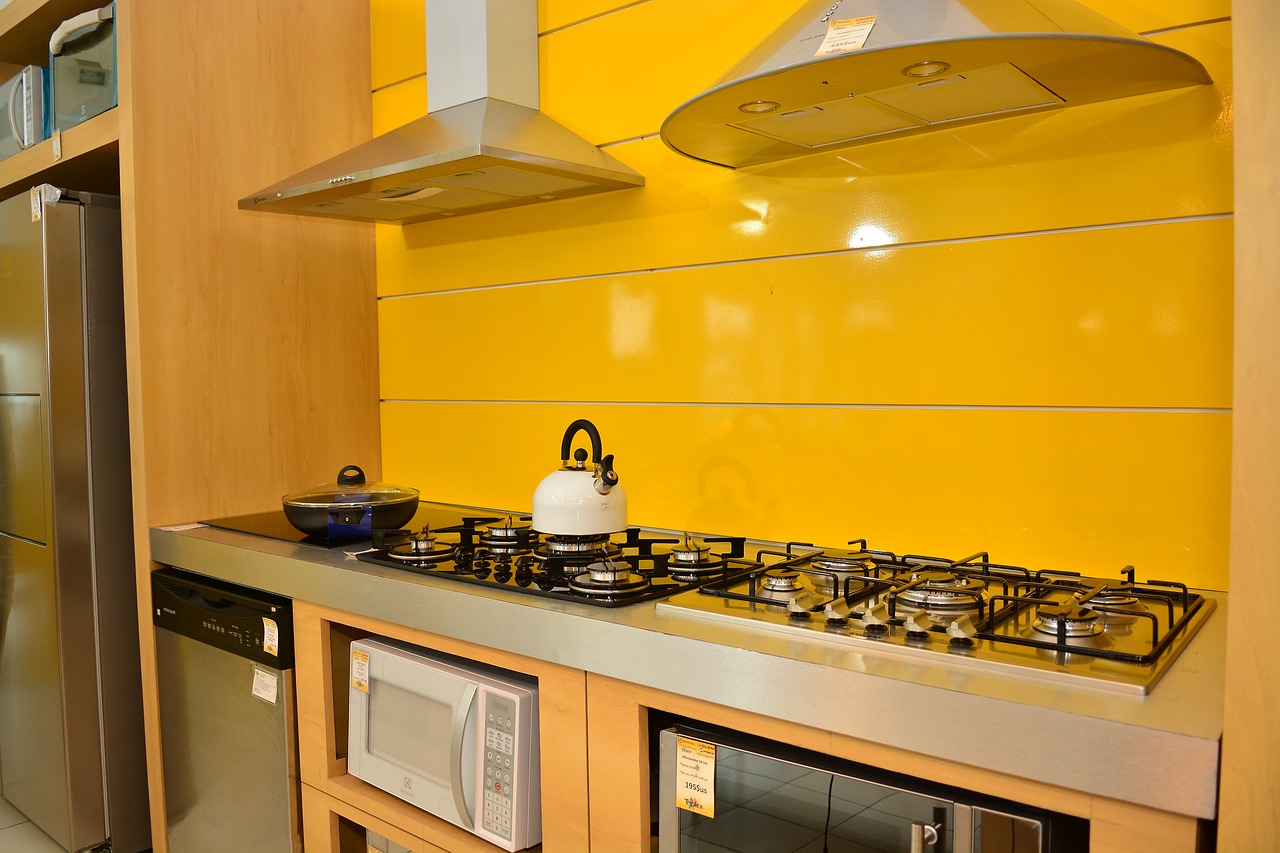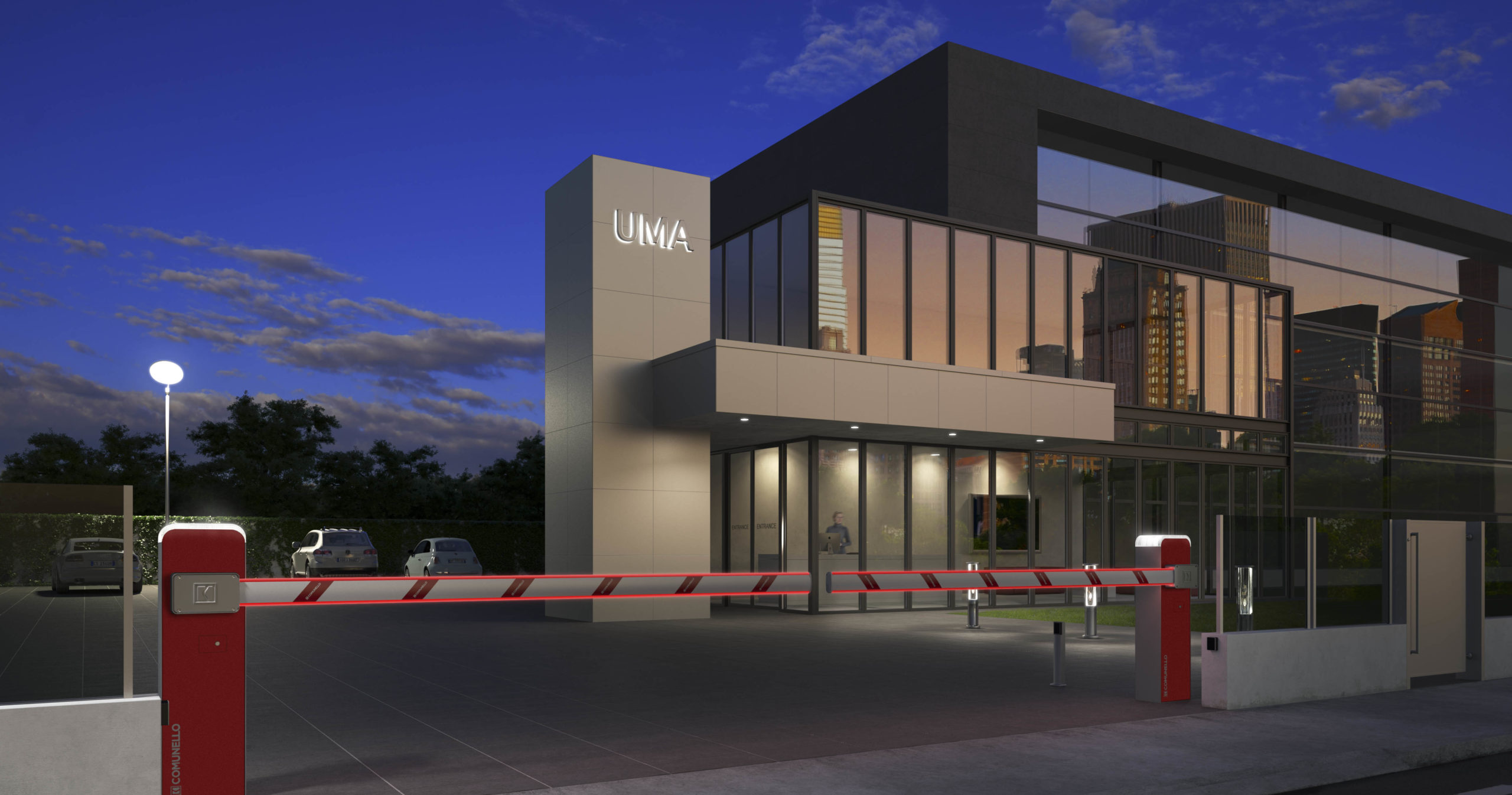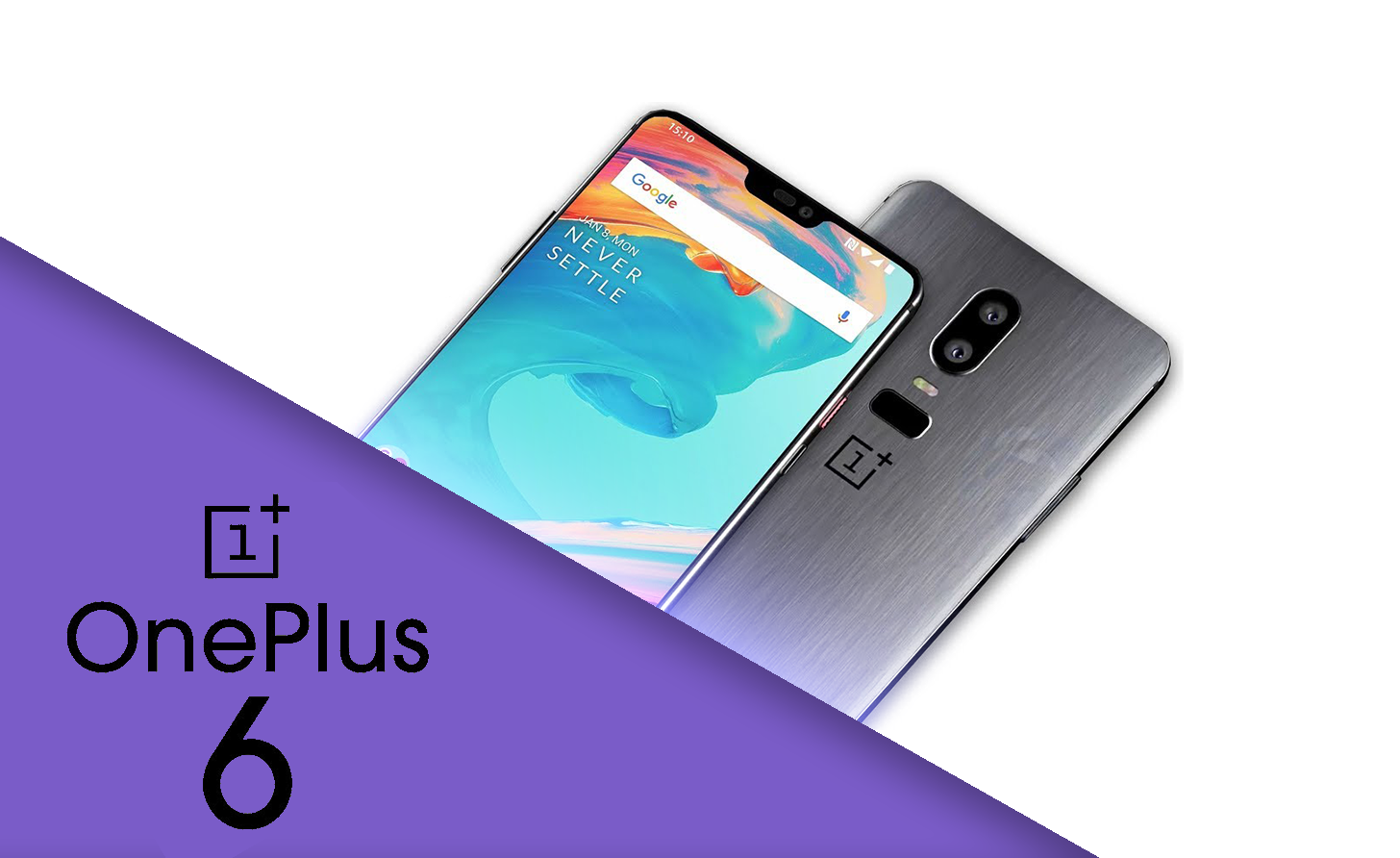Rating of the best dyes for epoxy resins for 2025
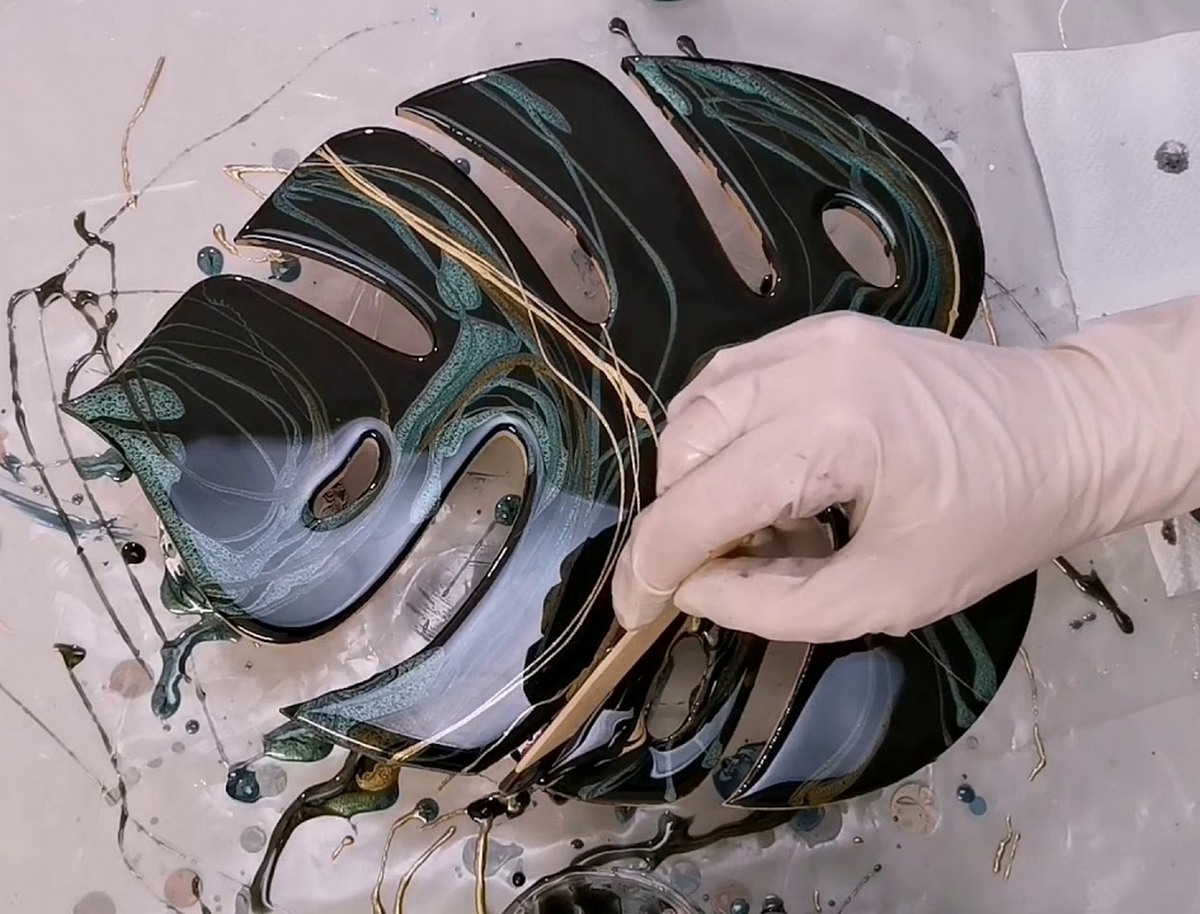
Initially, epoxy has one brownish-transparent color (or completely white / gray), which does not depend on its manufacturer. However, its use in various fields, from souvenir production to furniture decor, may require the use of a different color palette. For coloring epoxy, you will need a special color scheme, i.e. a substance that can give the working substance the necessary texture and shade. For creative purposes, the color is changed with the help of a special jewelry composition, which, after curing, will retain some degree of transparency. For the application of a structurally complete epoxy layer for decorating the surface of furniture, special color additives are better suited. Thus, the type of color scheme must be selected depending on future tasks.

Content [Hide]
Modern varieties of dyes
The current market may provide the consumer with a wide range of samples to consider, which will differ in mode of action, intrinsic texture and chemical composition. Any building (more or less large) store will easily provide a choice of 100 to 150 possible colors. Most of them do not have any application restrictions and are easily used with different types of epoxy:
- Metal-based pigments - they are both fillers, and powders, and liquid formulations designed to give the working resin substance a characteristic silver metallic color, a golden or copper tint, or a pronounced mother-of-pearl shine.It is worth noting that powder samples are difficult to mix in viscous resin, but their cost is much lower. Moreover, they are recommended to be used only as a supplement to others, i.e. base colors, where they will be used only to give high-quality gloss.
- Pigment pastes - these concentrated and thick compositions are characterized by economy of consumption. They mix with the resin base quite easily, leaving no lumps in the resulting mass. Recommended for work in the technique of creating objects inside the resin layer (the so-called "volumetric dosing").
- Dry pigments are the most budgetary option for coloring additives. Suitable for professional work of craftsmen and artists with sufficient experience. Mixing them is a little tricky, but based on them, you get the most original alternation of shades in the layer, for example, creating gradient transitions.
- Phosphor is a special substance, consisting of an organic powder, capable of accumulating natural light. At the onset of darkness, the collected ultraviolet will be released, and the covered object will begin to glow. The brightness of the glow will directly depend on the density of the phosphor.
- Optical paints - this material is more designed to complement other compositions, it is combined with them to give a better glow from the inside. It is recommended to add to epoxy resin, which initially has a dense white color.
- Glitters (glitters) - this substance contains small particles of sparkles, which help to achieve the effect of visual volume. Produced in a semi-liquid/dry form, recommended as an additive to the base color additive.
- Matting paints (matte) - their internal pigments are especially focused on suppressing glossy sheen, which is necessary when using an initially shiny resin. They make the applied layer muted, give it a pastel tone.
- "Chameleons" - with the help of these paints, you can change the color of an object, depending on the angle from which a person views it. They are used in conjunction with dark epoxies and are recommended for creative purposes;
- "Holographics" - with their help it is possible to create a pseudo-three-dimensional picture, whose volume will be achieved by transfusion of various shades. The smaller the holographic particles in the resin, the more realistic the volume of the object will be presented to the human eye.
- Special diffusant "DF-115" is a special tint designed to be mixed with resin and jointly give the painted object the effect of a "moonstone" surface (visually it appears as a milky translucent tone). It will require an exceptionally clear mixing ratio, adding more than 5% is not recommended.
- Art paints are the most common type of color scheme, where ordinary acrylic paints play a role. With their help, epoxy can be given almost any color. Oil paints can also be used, but they are only good for forming completely opaque layers.
Popular factory samples and improvised alternatives to colors
Naturally, it is most convenient to use such colors that are sold / bought in the same place as epoxy resins. The seller, usually, is just concerned about their full compatibility and more often positions such a product as related materials. The most common pigments include the following:
- Glitters with sequins;
- Metallics to give coatings overflows;
- Matte to give muted pastel tones;
- Fluorescent (phosphors), which will allow the epoxy layer to glow in the dark;
- Having a clear and specific color, creating an accurate and opaque coating.
The main technical feature of the coloring materials under consideration is that their amount, mixed with the resin, can give the final result a completely different look. The less color additive is added to the composition, the more it will retain its original appearance (white or transparent). By increasing the proportion of color in the composition, you can give a completely different thick saturated color to the future coating.
It is worth noting that some masters prefer to use improvised and natural materials as colors. Most often these are:
- Ink from a fountain or regular ballpoint pen;
- Standard oil and watercolor paints used for painting;
- Ink used for paint on clay;
- Printer toner (medical activated carbon), as a substitute for dense black;
- Tooth powder, talc and chalk (in a finely ground form), as an alternative to a rich white color;
- Medical "zelenka";
- Cosmetic powder and shadows.
Technical features of use
Epoxy can be tinted in a variety of ways, and most of them are not particularly difficult. The main thing is that the selected color should not enter into a confrontational reaction when mixed with the resin, while simultaneously making the final mass homogeneous and giving it the stability of the selected color. Both emulsions and powders can be used for mixing. It is always worth remembering that if the pigment is water-based, then it will be quite difficult to dilute in its resin.In this case, it is necessary to add a special hardener to the future composition.
Professionals recommend that novice craftsmen use only factory-made colors for mixing. Due to the fact that they are specially adapted to the technical and physical properties of a particular epoxy, there are almost no problems with mixing them, and the final composition will have the desired color and fit perfectly on the surface to be treated.
Dyes made in the form of a paste are more suitable for souvenir work. The reason lies in the fact that the paste itself has a high density and viscosity, so when mixed with resin, it is much easier to achieve a dense consistency to create a thicker layer. It is this quality that is required in the souvenir business. In addition, pastes, for the most part, are compatible with all types of modern epoxy resins and do not require adherence to an ultra-precise dosage in proportions in relation to the base substance.
It should always be remembered that any color additive contains small pigmented particles, which, when mixed, should be evenly distributed throughout the entire resin mass. Such particles are a finely dispersed substance, therefore, the smaller they are, the higher the quality will be in the process of staining the working substance. Heavy and large fragments will form an unnecessary sediment at the end of the application of the substance, which will visually create an uneven layer.
At the same time, by correctly metering pigment additives (and several of them can be used at once to form one working mass), it is possible to adjust the transparency of the future resin, while giving it the necessary colors with a certain saturation.Typically, the following proportions are used: 0.5% color to 100% resin substance will create a transparent polymer with a faded, but quite distinct color cast. Accordingly, by increasing the proportion of color, it is possible to increase the brightness of the color. When making a direct volume of the working mass, it is recommended to prepare a small test volume in order to evaluate the transparency and future density of the shade.
IMPORTANT! At the same time, the color can be enhanced in a purely physical way, for which you just need to apply several layers to the object being processed.
Basic rules for selecting proportions for all types of dyes
The use of factory dye samples is much easier, since for them all proportions are already indicated either in the accompanying documents or directly on the packaging. There are also recommendations regarding compatibility features with certain types of epoxy. When using improvised materials as a dye, it will be very difficult for an inexperienced master to choose the proportions. However, there are several basic rules for breeding any color:
- Alkyd, oil and nitro paints are not recommended to be added in proportions exceeding 10% of the total mass of the future working substance (otherwise you can get something like colored rubber after thickening);
- For improvised / natural coloring components, the permissible maximum volume is from 5% to 7%;
- Direct ingress of clean water into the mixture to be mixed is strictly prohibited (this way you can spoil all the prepared working material);
- The mixing process itself should take place at warm room temperature within + 22 ... + 23 degrees Celsius. This will be most useful for the process of combining the dye and epoxy base.
Rating of the best dyes for epoxy resins for 2025
Budget segment
3rd place: "Pinesslime" mother-of-pearl glass pebbles, 4 colors, 20 gr each. for epoxy resin
votes 0
Color-filler is small particles of glass, painted with mother-of-pearl coating, due to which a feeling of delicate mother-of-pearl blotches in the coating is created. Glass has a rounded shape, without sharp edges. It is characterized as an effective filler for epoxy resin. The recommended cost for retail chains is 330 rubles.

- Adequate price;
- Bright colors;
- Standardized form of fragments.
- Not detected.
2nd place: "Powder (additive) CRAFTSMEN to create the effect of a sea wave and foam"
votes 0
This sample contains a pure white pigment, non-toxic, harmless, high quality, finely dispersed. In the ResinArt technique, it is used to create realistic sea waves, influxes. The additive is added to the resin, thoroughly mixed. Be sure to add a hardener, according to the instructions, and apply it in horizontal lines to the background, then gently blow it with a hairdryer. The advantages of the material are that it is non-toxic, hypoallergenic, not afraid of exposure to alkalis and acids, the resin does not turn yellow in the sun. The recommended cost for retail chains is 420 rubles.

- Excellent formation of the desired consistency;
- Environmental Safety;
- Economical expense.
- Not detected.
1st place: "EpoxyGuru, transparent, set of 6"
votes 0
This special material, when mixed, creates a transparent shade of the finished mixture. Can be mixed together for individual colors. A wide palette of ready-made colors will help to embody the most vivid artistic fantasies. Before use, it is necessary to check the desired color and shade on the probe. Depending on the amount of color introduced into the finished mixture for dyeing, the color saturation may be different. It is recommended to introduce no more than 5% of the color by weight of the mixture to be dyed. The recommended cost for retail chains is 565 rubles.

- Juicy colors;
- sealed packaging;
- Easy selection of the desired shade.
- At the slightest violation of proportions, problems with polymerization are possible.
Middle price segment
3rd place: "Epic Art "General""
votes 0
This kit contains concentrated epoxy pigments that are suitable for all types of epoxy. A convenient dropper spout on the tube makes it easy to control the amount added. At low doses in the main composition, it retains the transparency of the composition. It is used in the manufacture of jewelry, paintings in the style of "resin-art", with volumetric fillings (tabletops, lamps, etc.). Includes 6 colors in a 10 ml container. (red, green, sea wave, solar, dark blue, black). The recommended cost for retail chains is 590 rubles.

- Proper polymerization process;
- Color clarity;
- Sufficient shelf life.
- Not detected.
2nd place: Tryart, 9 colors
votes 0
This is a very simple and practical composition that is ready for use immediately - just shake the closed bottle and you can start coloring. Kohler is characterized by economical consumption, which is ensured by a high concentration of dye - just a drop is enough to give the resin a transparent shade of the desired color. It does not differ in excessive density, it is very fluid, due to which it easily mixes with the resin and evenly colors the thickness of the product. The recommended cost for retail chains is 640 rubles.

- Sufficient brightness;
- Economic consumption;
- Proper consistency and fluidity.
- Not detected.
1st place: "EpoximaxX Color!" 9 pcs 15 g, concentrates"
votes 0
This set of concentrated dyes contains samples that can be mixed with each other, getting an unlimited number of colors, as well as creating streak effects without mixing them completely. Supplied in liquid form. The maximum concentration of the dye is not more than 5% of the volume of the mixture. All colors of dyes are combined with each other, thanks to this you can get an unlimited range of shades. The recommended cost for retail chains is 834 rubles.

- Concentrated release form;
- Good value for money;
- Possibly double mixing.
- Not detected.
Premium class
3rd place: “Pigment paste (opaque) for resin, plastic and silicone “Polydel O”, Gold metallic 50g.”
votes 0
This multifunctional and versatile material is suitable for resin, plastic and silicone tinting.It is used for coloring epoxy in the process of creating products. After toning, the mixture receives a uniform opaque or translucent color. The ability to use different shades allows you to create a personal universal palette. Tinting pigment paste can be used to color resin for the manufacture of: jewelry, costume jewelry, decor items and furniture (tabletops), ideal for drawing using the Resin Art technique, since the colors are difficult to mix with each other and it becomes possible to draw with clear and gradient borders. Properties highly concentrated, 3 gr. per liter is enough to color the filling in the desired shade. Minimal and economical consumption, which is important for both a beginner and a professional. The product has UV protection, which prevents the painted product from yellowing. The recommended cost for retail chains is 1683 rubles.

- Super savings;
- High concentration;
- The presence of protection against ultraviolet rays.
- Not detected.
2nd place: "BOFDF" pigment based on metallic alcohol"
votes 0
The product is made on the basis of a metal pigment of alcohol. The features include high concentration, no fading, automatic diffusion. The material is focused on the creation of resin paintings, liquid paintings, various decorations and home decor items. The recommended cost for retail chains is 1745 rubles.

- High-quality metallic shade;
- Artistic orientation;
- No large crystalline precipitate.
- Somewhat overpriced.
1st place: “MixSomi – 9 color pearl pigments set (50 grams x 9 pieces / 450)”
votes 0
The material is intended for the production of design works, interior design, art forging items, artistic painting. Characterized by physiological safety, slightly soluble in water, can be diluted with acids and alkalis. Its individual components are easily mixed with each other, giving unexpected effects of the sparkling type, as well as easily dispersed in all systems with nitrocellulose. The recommended cost for retail chains is 3300 rubles.

- Non-flammable substances in the composition;
- Operating temperature — up to +800°C;
- UV resistant;
- Perfectly combined with other pigments;
- Solvent resistant.
- Not detected.
Conclusion
Colors for epoxy resins are specialized tools that can completely change the color of the resinous working substance. With skillful handling of the compositions in question, it is possible to give epoxy both unique gradient transitions and overflows, and make it completely saturated with a certain shade. At the same time, choosing the right dye will allow you to create unique beauty souvenirs, jewelry or decorate household items in an original way.
new entries
Categories
Useful
Popular Articles
-

Top ranking of the best and cheapest scooters up to 50cc in 2025
Views: 131656 -

Rating of the best soundproofing materials for an apartment in 2025
Views: 127697 -

Rating of cheap analogues of expensive medicines for flu and colds for 2025
Views: 124524 -

The best men's sneakers in 2025
Views: 124041 -

The Best Complex Vitamins in 2025
Views: 121945 -

Top ranking of the best smartwatches 2025 - price-quality ratio
Views: 114984 -

The best paint for gray hair - top rating 2025
Views: 113400 -

Ranking of the best wood paints for interior work in 2025
Views: 110326 -

Rating of the best spinning reels in 2025
Views: 105334 -

Ranking of the best sex dolls for men for 2025
Views: 104373 -

Ranking of the best action cameras from China in 2025
Views: 102221 -

The most effective calcium preparations for adults and children in 2025
Views: 102015
